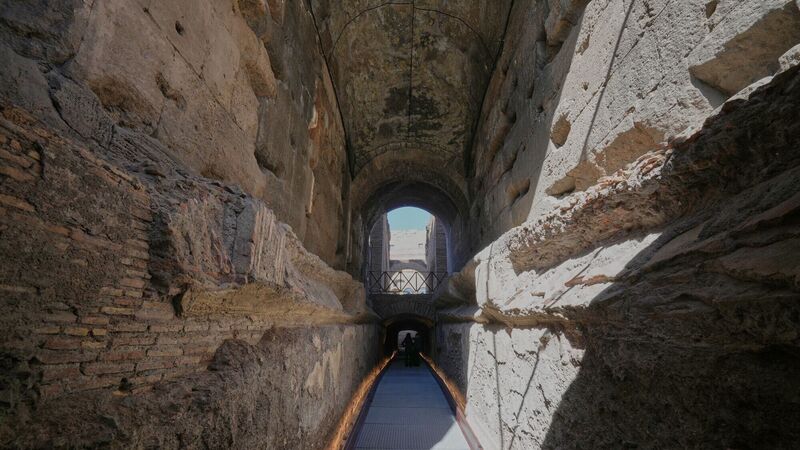Once-secret Emperor Commodus passage to Colosseum opens to public for first time

For the first time in nearly 2,000 years, visitors to Rome’s world-renowned Colosseum will have the opportunity to walk through a hidden imperial passage that once allowed Roman emperors to reach the ancient amphitheatre unseen.
The once-secret corridor – known as the Commodus Passage and named after the Roman emperor featured in Ridley Scott’s film Gladiator – opens to the public on October 27, marking an extraordinary milestone in archaeological preservation and access.











